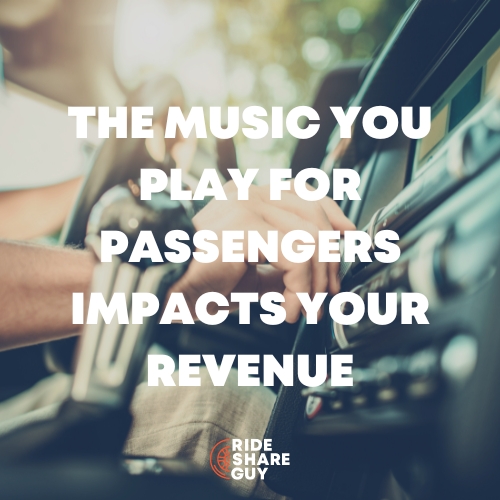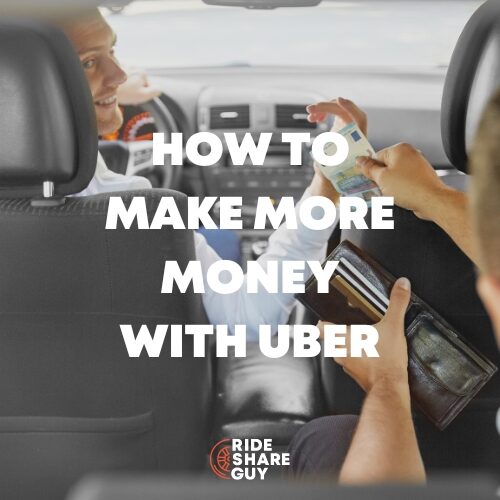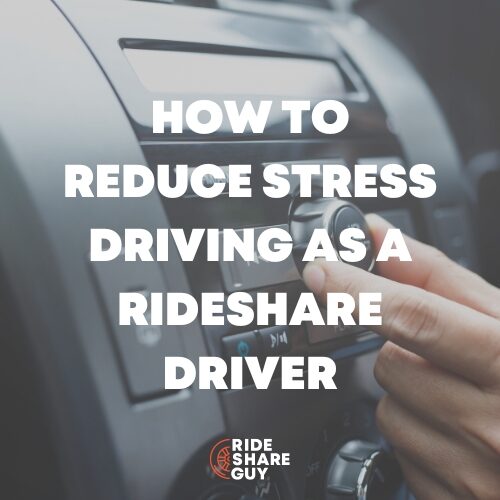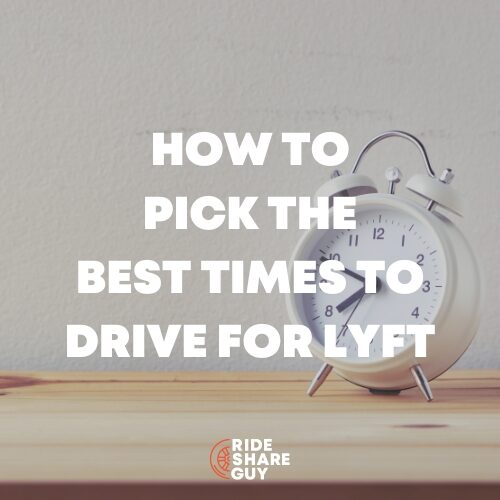Contributor-at-large Jay Cradeur is back! In this article, Jay shares his thoughts on upcoming challenges to driver pay, demand and more in 2023. Do you think we’ll be entering a recession in 2023? Share your thoughts in the comments below.
Rideshare driving has changed significantly in the past seven years I have been driving. There were fewer drivers in 2016. Rates were higher. Gas prices were lower. It was straightforward to lease a car with unlimited miles at a relatively low cost. And bonuses were crazy good.
That was then. This is now. 2023 is upon us and will pose some real challenges. In this article, I will address those challenges and how you can work around them to make 2023 a great year.
#1- The Recession Is Real, And It’s Coming In 2023
As a result of the Covid pandemic, our country is looking down the barrel of a recession. Oxford defines a recession as “a period of temporary economic decline during which trade and industrial activity are reduced, generally identified by a fall in GDP in two successive quarters.”
I recall from past recessions people have less money to spend on the things they want. For some people, that may mean fewer Uber and Lyft rides.
When people have less discretionary income, what do they cut first? Steak. Less wine. Fewer dinners out at restaurants and fewer vacation trips.
On the other hand, perhaps Uber and Lyft rides are considered more essential elements of people’s lives.
Many of the people I drive in the morning are going to work. That will continue no matter what the economy is doing. The real question is, will this affect how many people have jobs?
#2 How Many People Will Lose Their Jobs?
With the recession and the downturn in economic activity, there is often a concomitant reduction in the workforce. If the economy is down, fewer products are being made, and fewer services are being provided, we don’t need as many people working. This makes sense.
On the other hand, the other part of this is supply chain issues due to Covid. We still don’t know how the supply chain will continue to be affected and if demand for products will remain high.
#3 How Many People Will Not Return To Work Or Will Quit?
Since that pandemic, the American workforce has gone through a remarkable transformation. A lot of us learned to work from home. We liked working from home. Businesses realized working from home was a way to keep employee expenses low. As a result, many people work a “hybrid” schedule. For example, you may work three days at home and two days at an office. Fewer folks will need an Uber or Lyft to get to work.
There is another phenomenon called “quiet quitting,” in which employees put in the bare minimum effort at work. Just enough to barely get the job done. This is due to low pay, disrespect, childcare issues, and poor benefits. As you can imagine, those employees will likely be out of a job soon and won’t need as many Uber and Lyft rides.
This article further indicates that fewer people will be working, making money, and being able to afford the occasional Uber and Lyft rides. As the headline suggests, four in 10 consider returning to their previous employer. That leaves six out of 10 who aren’t going back to work.
#4 – Will All Of These Employment Challenges Add A Glut Of New Uber And Lyft Drivers?
This is the biggest question. Those who are quitting or losing their jobs, what are they going to do? Many will turn to the gig economy for a flexible option to make money. This is not great news for those of us currently working.
Think of all the rideshare rides in your market in one day. Let’s say there are 10,000. Now let’s say there are an average of 1,000 drivers. Each driver gets ten rides. But what happens if there are 2,000 drivers? Now, each driver only gets five rides. The pie stays the same size. Each driver receives a smaller slice. This is my biggest concern for 2023.
Solutions
Time will tell how bad this economic reaction to the Covid pandemic will impact rideshare driving. There is nothing we can do about it. An economy is a big machine that keeps on grinding ahead. It is good to understand the forces that are shaping our world.
In situations like this, the solution is to become your best driver. Control the things you can control. Become a master of your trade. When you are at the top of your game, you will always find a way to have a great year.
Focus on the basics. How can you make the most money? How can you reduce your expenses? Even if there are more drivers, when will they be driving? You can drive when they are not and still be in high demand. You can work hard and stay within the eye of the storm where things are calm and crush it.
Key Takeaways
2023 will be a challenging year for the global economy. A recession seems inevitable. But folks will need rides! Uber and Lyft are relatively inexpensive. For many passengers, rideshare is an essential service. If there are more drivers, they will be new and less efficient than you are at earning. You have an edge. You know your trade. Exploit that edge. Stay tough.
What are your thoughts about an upcoming recession? Do you agree or disagree with me?
-Jay @ RSG




